In contrast to the global and local downward trends observed recently, there is a slight increase in illegal migration activity along the Serbia-Hungary border. The local population is concerned that migrants have already reappeared. The new flow is largely due to the fact that the presence of Serbia's police and gendarmerie near the border has been significantly reduced. This absence creates a favorable environment for smuggling gangs, and they are likely to have once again set up camps in the surrounding forests, like in the period before October 2023, according to the Migration Research Institute's analysis forwarded to Magyar Nemzet.
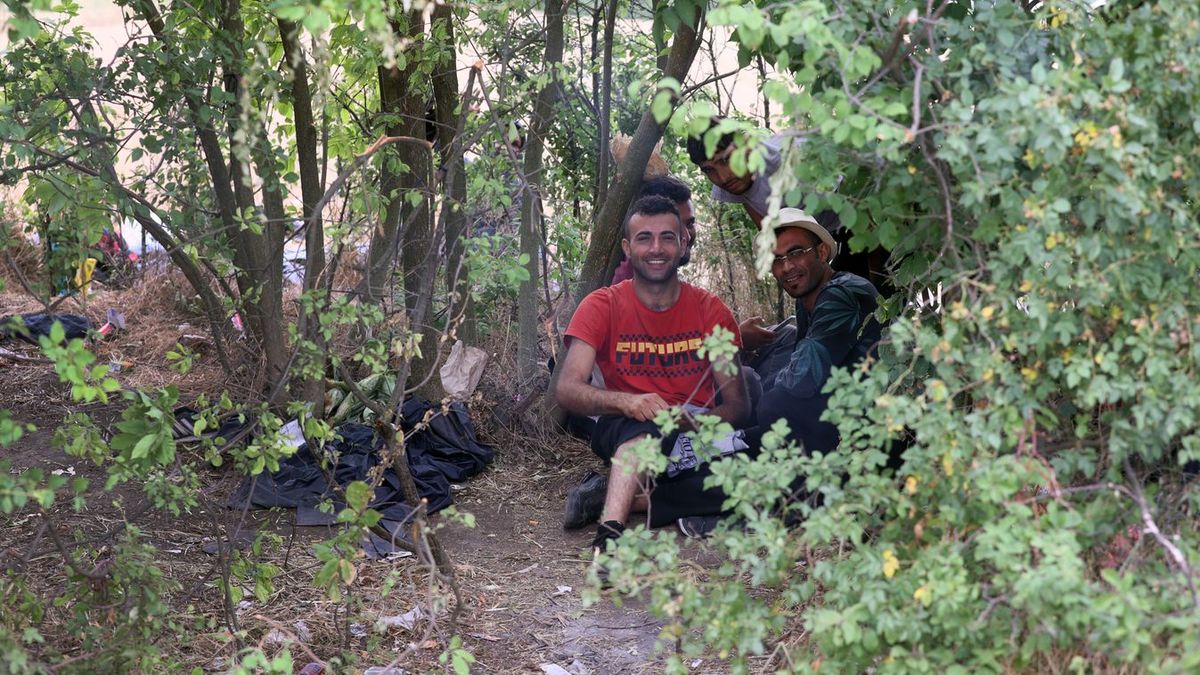
The analysis recalls illegal border crossings at the Serbia-Hungary border have drastically decreased since October 2023. In addition to the decline in global migration pressure on Europe, this decrease was due to the continuous and intensive protection of the technical border barrier by Hungarian authorities—border guards and border hunters—as well as the increased involvement of Serbian authorities in substantive border protection.
Croatia must guard a much longer border section
After illegal border crossings on the Serbia-Hungary border became significantly more difficult, alternative routes on the main Western Balkan route have become more valuable. Instead of heading north from Serbia, migrants are attempting to enter the European Union by heading west through Bosnia and Herzegovina. Typically, they cross the Drina River—which separates Serbia from Bosnia and Herzegovina and can sometimes be forded depending on water levels—then continue through Croatia and almost invariably proceed through Slovenia to Austria or Italy.
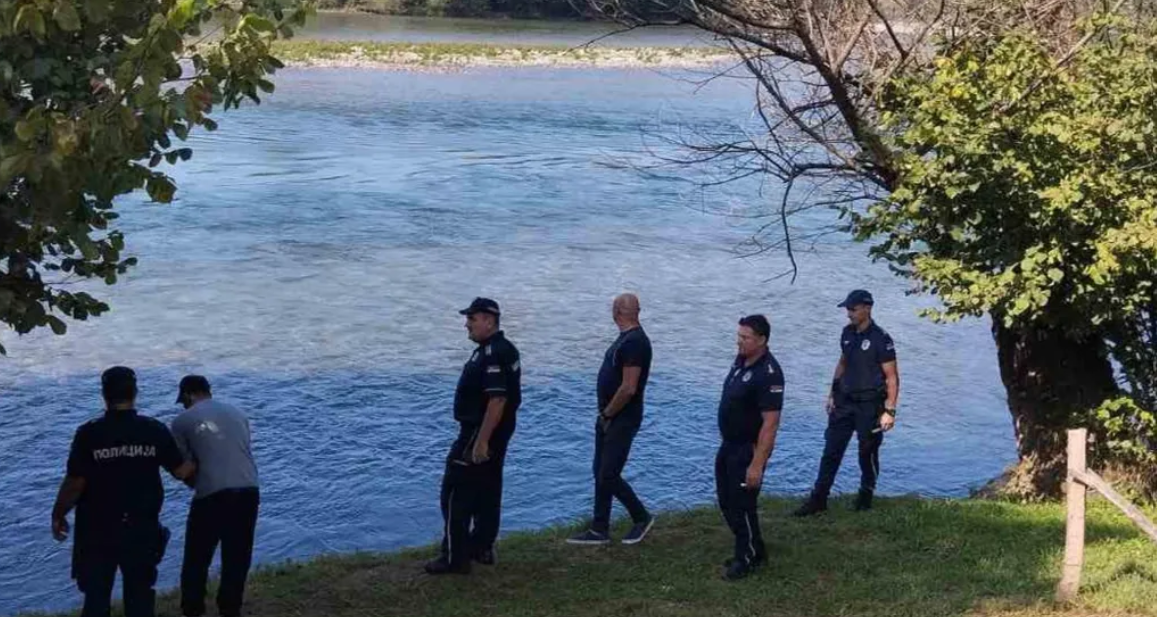
The Migration Research Institute warns that migration statistics should be treated with caution. While Frontex recorded a total of 21,520 illegal border crossings across the entire Western Balkan route for 2024, Croatia's interior ministry registered 26,534 illegal border crossings in Croatia alone during the first 10 months of 2024. Croatia’s efforts to protect its borders effectively are hampered by the fact that its border section with Bosnia and Herzegovina—the most exposed to illegal migration pressure—is over 1,000 kilometers long. By comparison, the technical border barrier along the Serbian-Hungarian border is just 155 kilometers long.
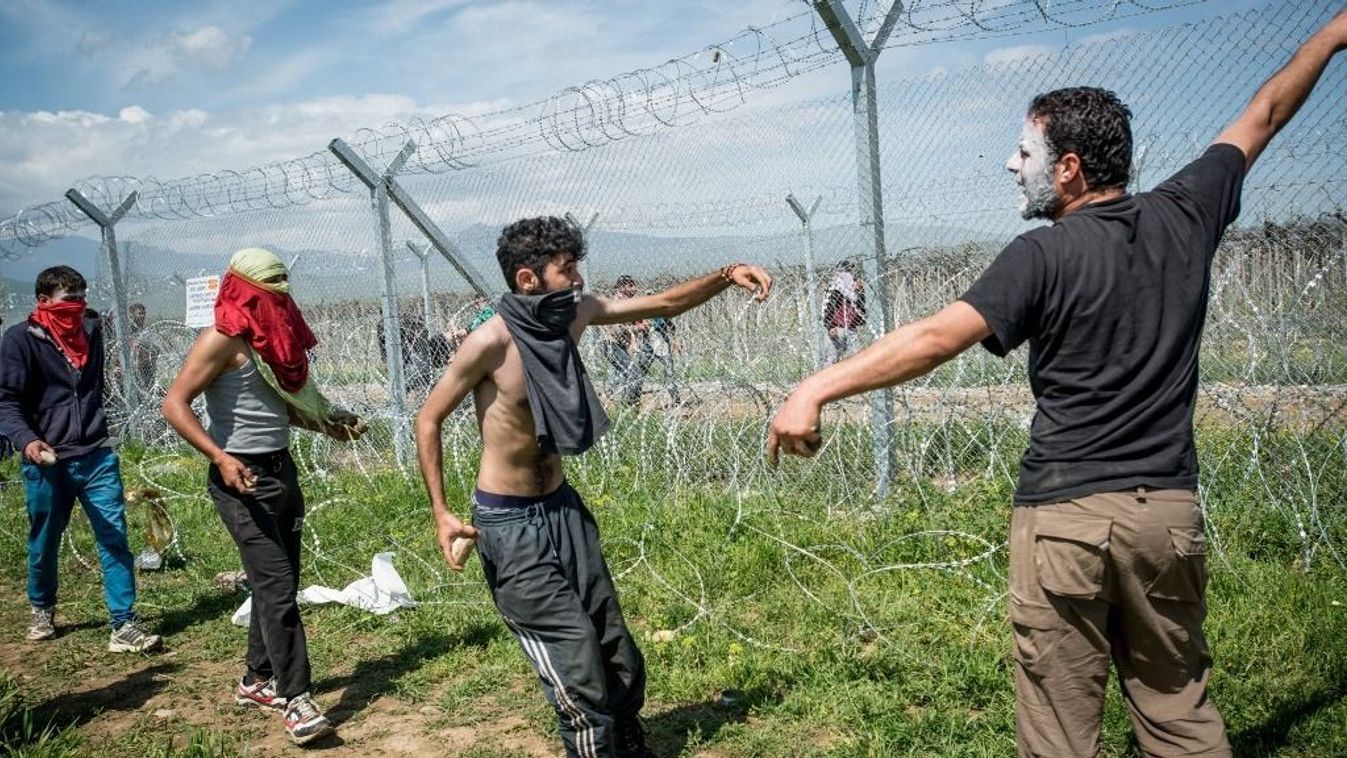






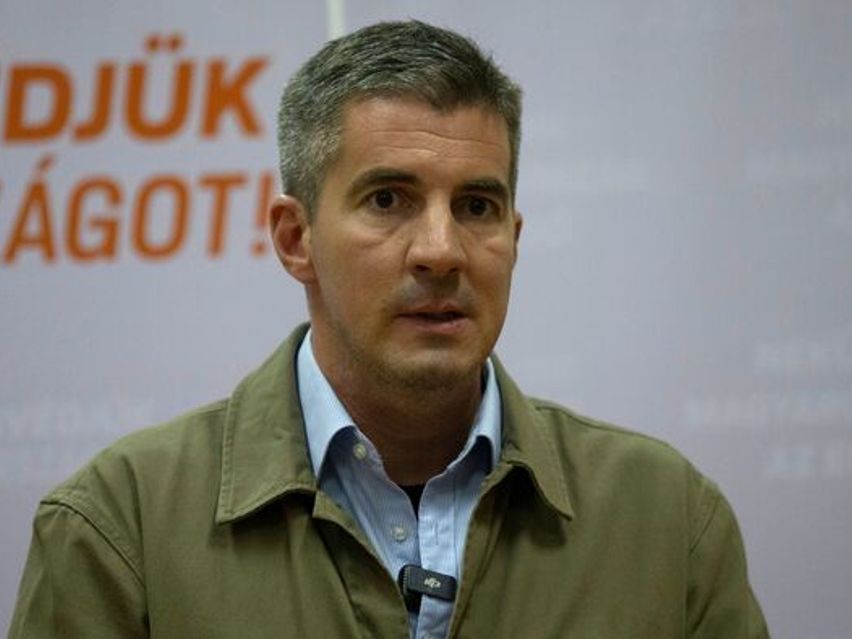






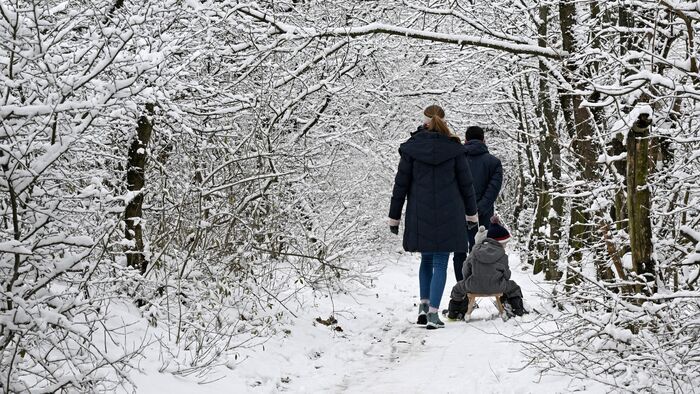
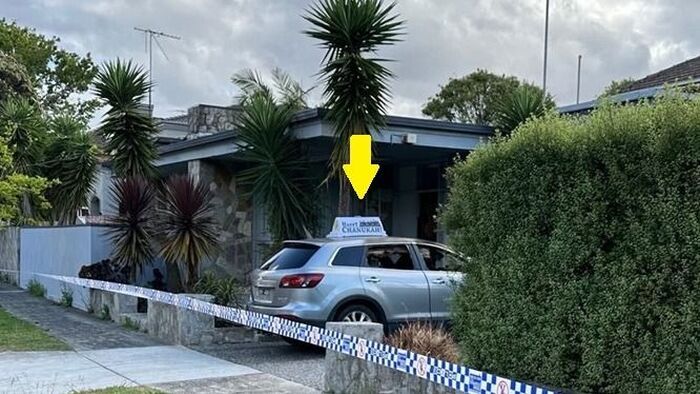




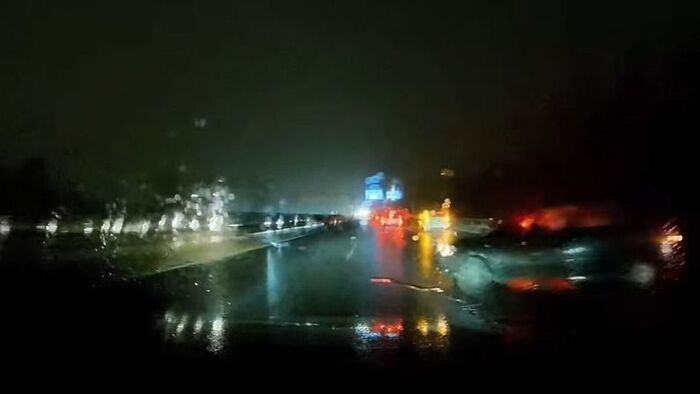
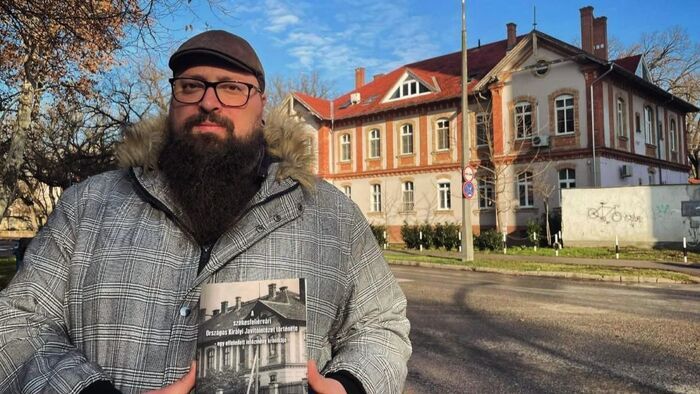

Szóljon hozzá!
Jelenleg csak a hozzászólások egy kis részét látja. Hozzászóláshoz és a további kommentek megtekintéséhez lépjen be, vagy regisztráljon!